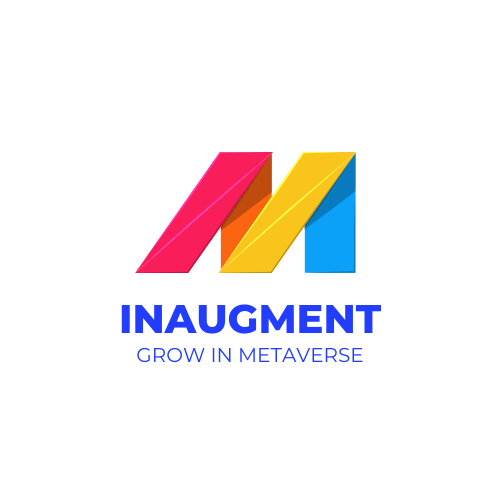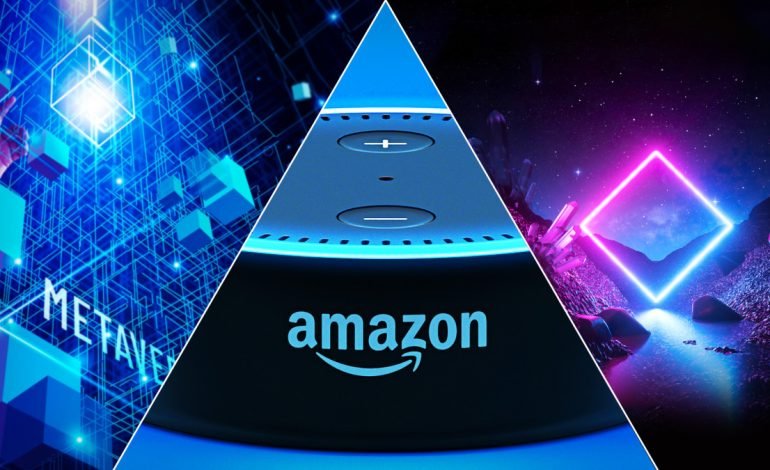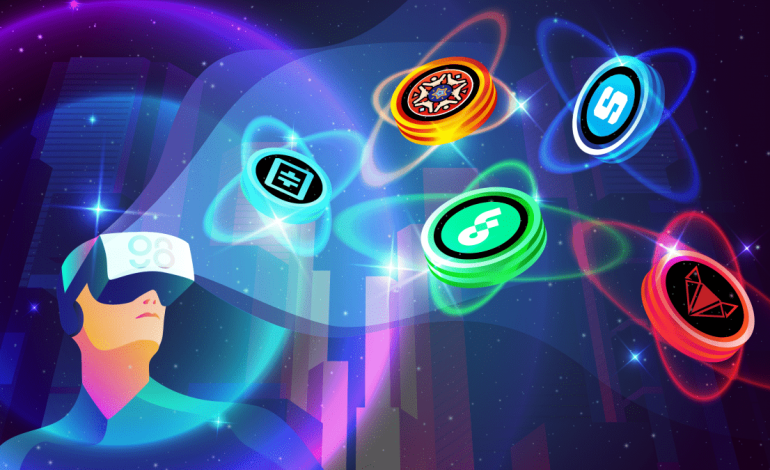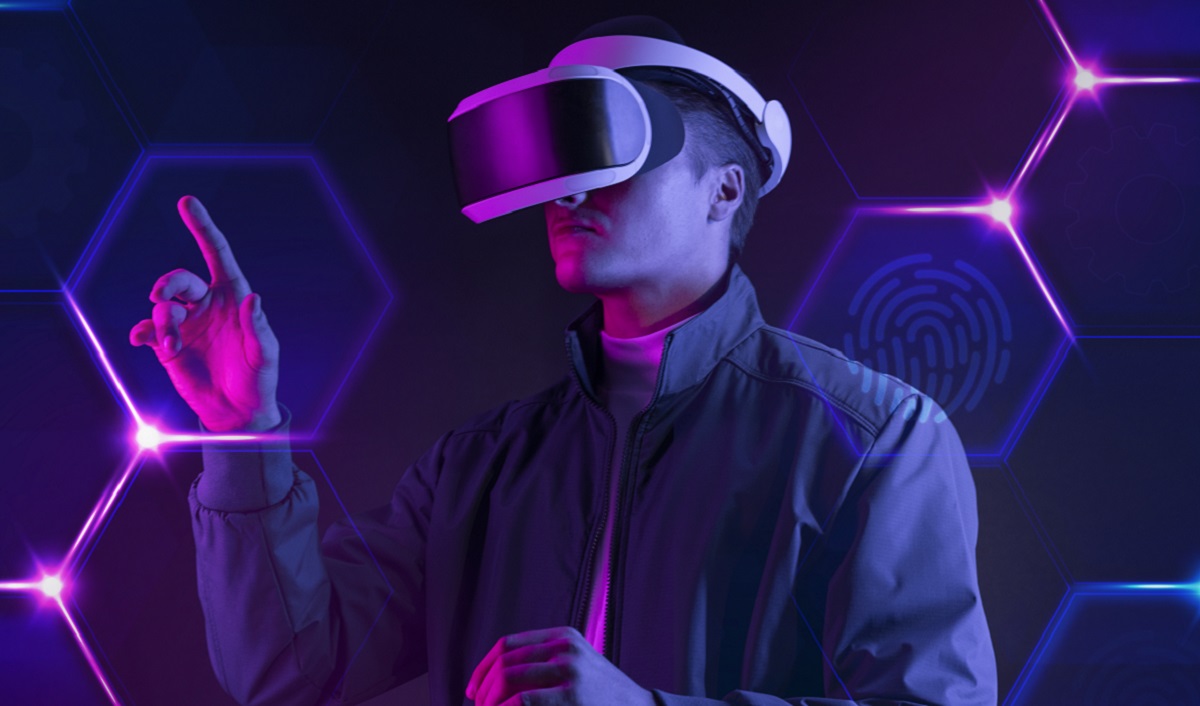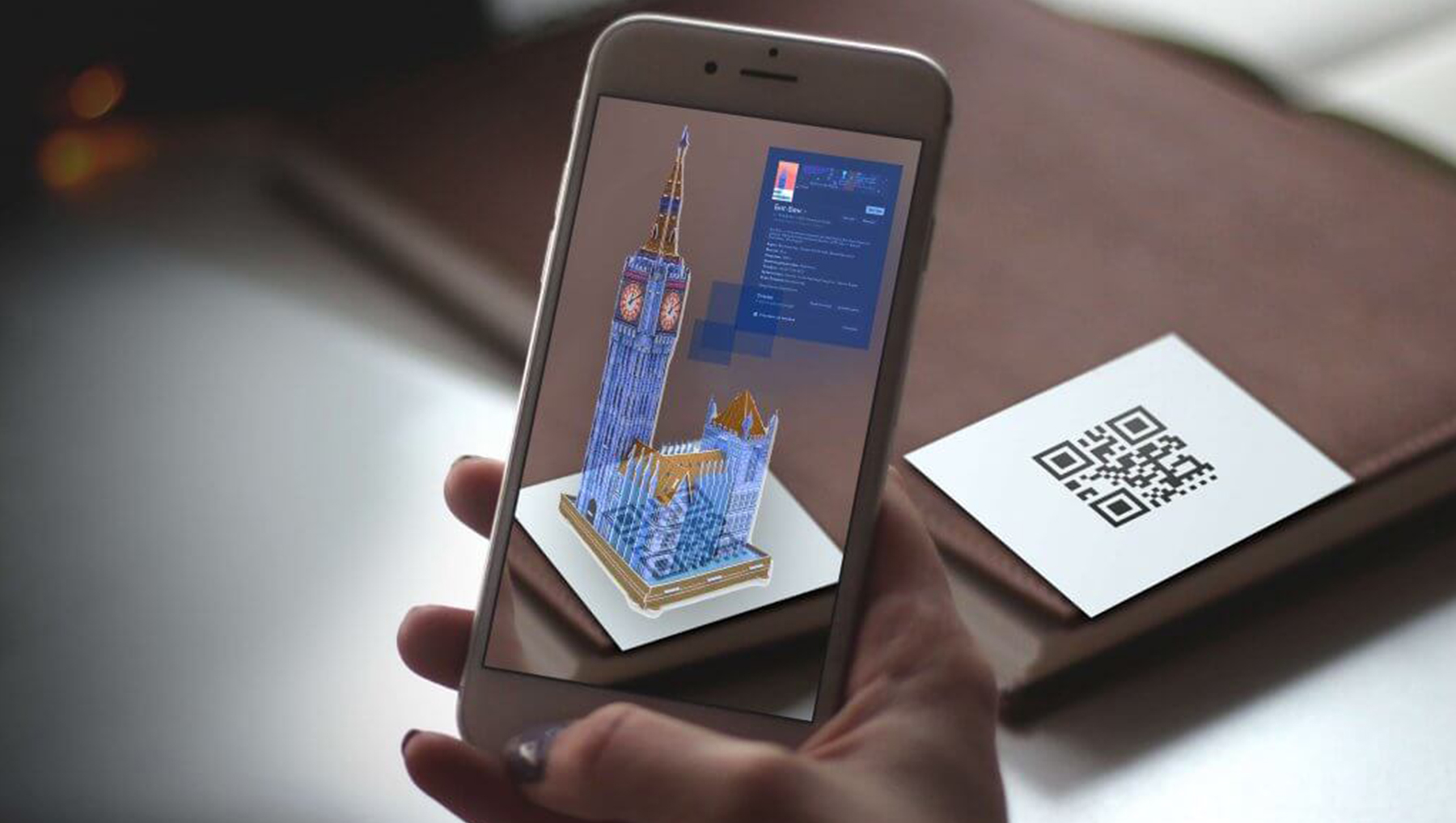Metaverse Blockchain: The Future of Data Security and Reliability
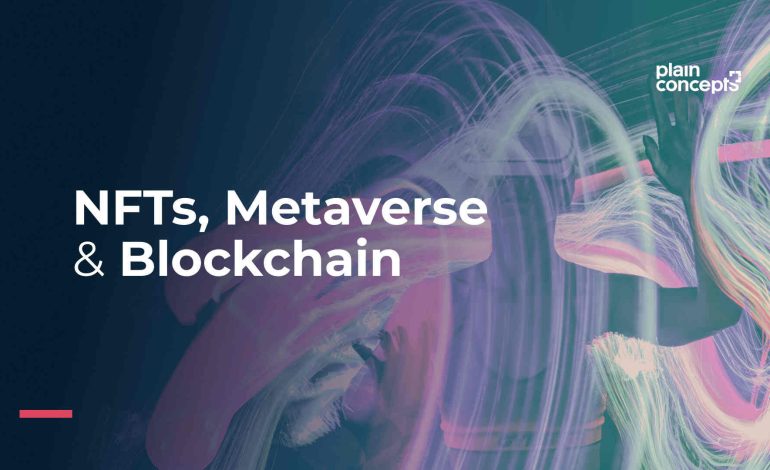
The Metaverse blockchain has many features that add to its appeal as an all-in-one blockchain solution, including that it supports the transfer of cryptocurrency, data, and digital assets, in addition to supporting smart contracts. But does it offer the reliability and security that our world requires? Let’s take a closer look at what makes Metaverse the blockchain platform of choice for developers who need to be sure that their work meets industry standards of reliability and security in today’s high-tech world.
Merging Digital Identity with Life

Identity fraud is a serious issue, but because it’s virtually impossible to keep your identity from being stolen, there are companies looking for other ways to solve that problem. In a virtual reality world like the Metaverse, you’re able to give out limited pieces of information about yourself to strangers, knowing that your entire identity isn’t going to be compromised by just one single person.
A game avatar could represent only part of who you are. While it wouldn’t reflect your full name or social security number (SSN), people will still recognize it as yours because everyone has their own avatar in VR. This way, if someone tries to steal your identity, they won’t have access to everything they need.
The third phase will begin with blockchain

One of blockchain’s key advantages is to allow data to be shared in a peer-to-peer manner. Since security in public chains cannot meet users’ needs, private chains will become popular. With more and more companies using artificial intelligence (AI) in their products, security issues are becoming increasingly prominent as well.
This paper gives an introduction to how we combine blockchain technology with AI in order to solve issues of both reliability and security through data certification based on machine learning techniques. Through several technical use cases, readers can learn about some possible solutions for those problems from actual applications. We hope that it will help provide reference material for others who have similar questions or need help on these topics.
Most people know very little about how they secure their own digital information. Whether it’s credit card numbers, photos, or passwords; many don’t realize just how vulnerable our digital lives really are until something goes wrong. Both methods work together hand in hand to ensure that no one else has access to your sensitive information other than yourself. But what exactly does that mean?
Where does blockchain fit?
The Metaverse blockchain is where all data is stored. In short, it’s a massive ledger that keeps track of all transactions on the network. Because each transaction must be verified by everyone in order to add it to a block, every node has an identical copy of every block.
It’s essentially a gigantic decentralized database that stores anything from property deeds to medical records or identities. It also gives people an incentive to do so because they can earn cryptocurrency as a reward for securing blocks and validating transactions using specialized computers called miners. As long as more than half of these miners are honest, then everything works perfectly. But if just one miner tries to cheat, he can create his own false version of events and trick other nodes into thinking it’s real.
This would result in a fork or split in which different nodes have different versions of events. This kind of double-spending could cause chaos in any system but especially one like Metaverse where digital assets are at stake. To prevent such attacks, we use artificial intelligence (AI) technology to monitor network activity and flag suspicious behavior before it happens.
How does blockchain work?
A blockchain is a continuously growing list of records, called blocks, which are linked using cryptography. Each block contains a cryptographic hash of the previous block, a timestamp, and transaction data (generally represented as a Merkle tree root hash). A blockchain is typically managed by a peer-to-peer network collectively adhering to a protocol for inter-node communication and validating new blocks.
Once recorded, information in any given block cannot be altered retroactively without the alteration of all subsequent blocks, which requires consensus among the network majority. Although blockchain records are not unalterable, blockchains may be considered secure by design and exemplify a distributed computing system with high Byzantine fault tolerance. Blockchains are open, distributed ledgers that can record transactions between two parties efficiently and in a verifiable and permanent way. For use as a distributed ledger, a blockchain is typically managed by a peer-to-peer network collectively adhering to a protocol for inter-node communication and validating new blocks.
Once recorded, information in any given block cannot be altered retroactively without the alteration of all subsequent blocks, which requires consensus among the network majority. Blockchains have been described as a value-exchange protocol. This crypto-economic mechanism ensures that when data is written to an immutable public ledger it can later only be read if certain conditions are met by whoever seeks to read it.
